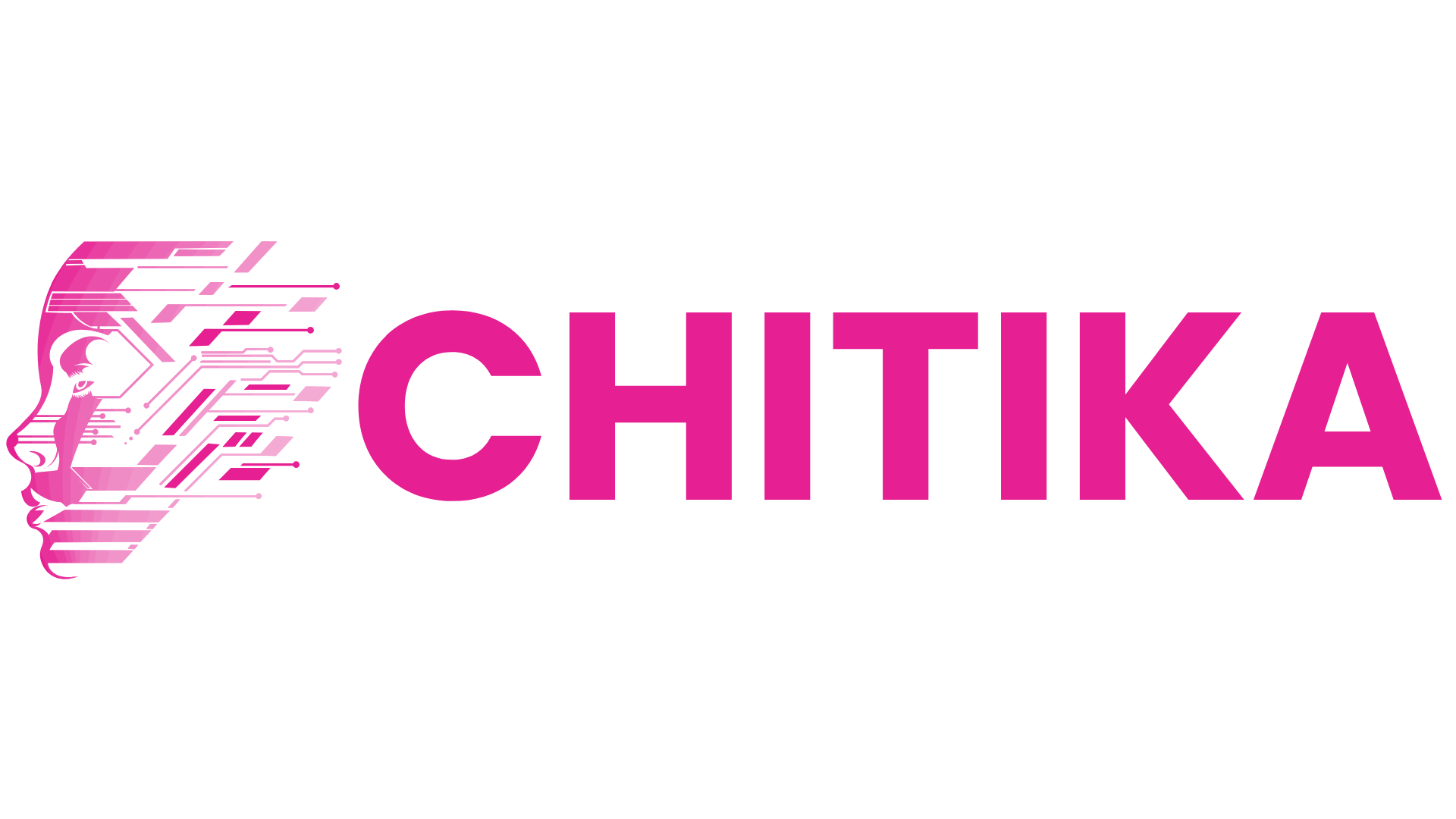Revolutionizing Search Engine Optimization (SEO) with AI-Driven Precision
Imagine an SEO strategy so precise it feels like magic. Spoiler: It's not magic—it's AI.
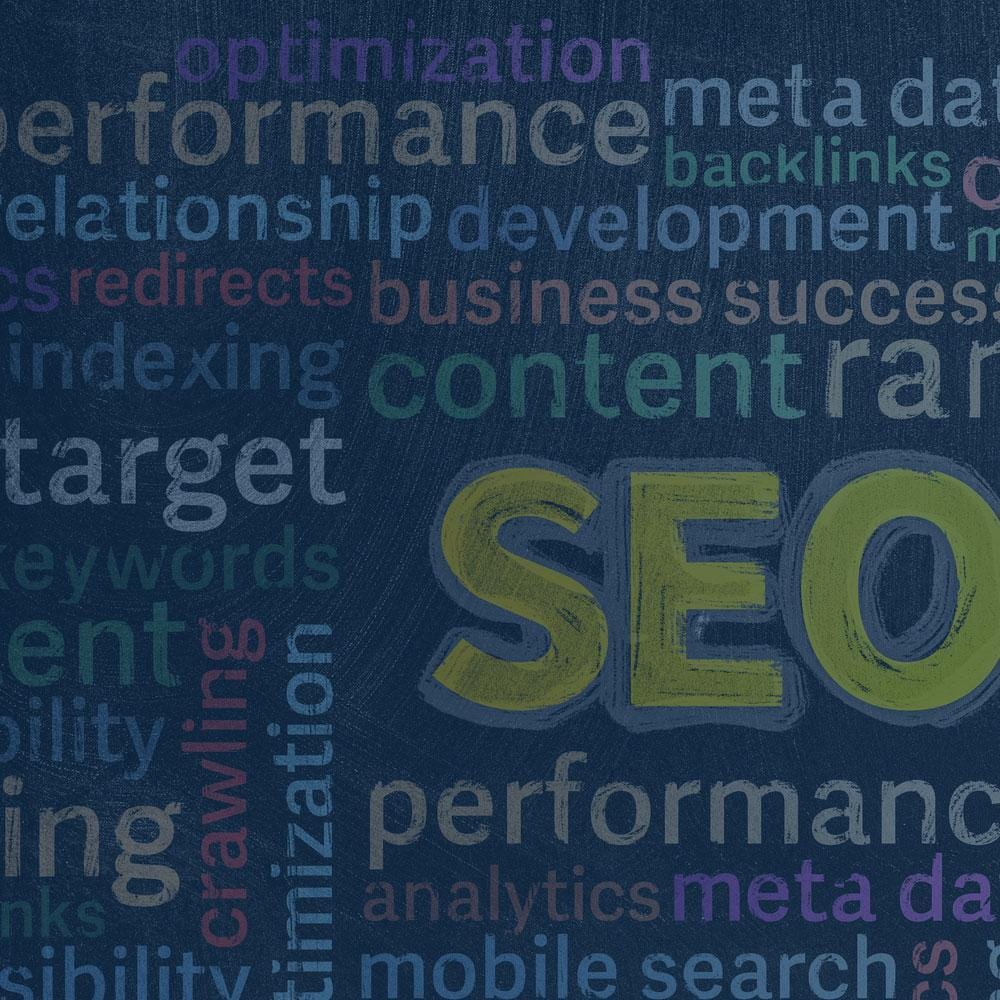
In a world where AI can predict search trends before they happen, traditional SEO strategies are becoming obsolete. How can businesses adapt to stay visible and relevant?

Understanding the Current State of SEO
The current SEO landscape is shaped by AI-driven algorithms that prioritize user intent over traditional keyword density. Search engines now evaluate content based on its ability to address nuanced user queries, leveraging natural language processing (NLP) to interpret context and relevance.
For instance, Google’s BERT update revolutionized how search engines understand conversational language, making it essential for businesses to craft content that mirrors real-world dialogue. This shift has rendered outdated practices, like keyword stuffing, not only ineffective but detrimental to rankings.
A lesser-known yet critical factor is the rise of user experience (UX) metrics as ranking signals. Metrics such as Core Web Vitals—which measure loading speed, interactivity, and visual stability—are now pivotal. Websites that fail to optimize for these metrics risk losing visibility, regardless of their content quality.
Moreover, the integration of AI-generated content has introduced both opportunities and challenges. While tools like GPT models can streamline content creation, over-reliance on them risks producing generic material that fails to engage users or meet search engine standards for originality and depth.
To thrive, businesses must adopt a hybrid approach: combining AI tools for efficiency with human creativity to ensure authenticity. This strategy not only aligns with evolving algorithms but also resonates with audiences seeking genuine, valuable content.
Looking ahead, the convergence of SEO and data analytics will redefine success. By analyzing user behavior and search patterns, businesses can anticipate trends and tailor strategies proactively, staying ahead in an increasingly competitive digital ecosystem.
The Need for Innovation in SEO Practices
AI-powered predictive analytics is revolutionizing SEO by forecasting search trends and user behavior. This approach enables businesses to create proactive strategies, targeting emerging keywords before competitors.
For example, tools like Ahrefs Keywords Explorer and Google Trends analyze historical data and social media patterns to predict future search demands. This allows marketers to craft content that aligns with upcoming user interests, ensuring relevance and visibility.
A lesser-known yet impactful innovation is semantic search optimization, which focuses on understanding the relationships between words and concepts. By leveraging structured data and schema markup, websites can enhance their content’s contextual relevance, improving rankings and click-through rates.
Conventional wisdom often emphasizes backlinks as the cornerstone of SEO. However, contextual link-building—prioritizing quality and relevance over quantity—has proven more effective in the AI-driven era. Search engines now assess the authority and thematic alignment of linking sites, rewarding genuine connections.
To innovate effectively, businesses should adopt a data-driven framework:
- Leverage AI tools for real-time insights.
- Focus on user intent through conversational content.
- Integrate technical SEO with UX enhancements.
By embracing these strategies, companies can future-proof their SEO efforts, staying agile in a rapidly evolving digital landscape.
The Evolution of SEO and the Emergence of AI
AI has transformed SEO from keyword-centric tactics to intent-driven strategies, where understanding user behavior is paramount. Google’s BERT update exemplifies this shift, prioritizing conversational language and semantic context.
For instance, AI-powered tools like ChatGPT and Grammarly now assist in creating content that resonates with user intent, while Google’s Search Generative Experience (SGE) delivers AI-curated answers, reshaping search behavior.
A surprising connection lies in predictive analytics, which bridges SEO with data science. By analyzing historical trends, AI forecasts future search patterns, enabling marketers to preemptively target emerging topics.
Common misconceptions, such as over-reliance on backlinks, are being debunked. AI emphasizes content quality and contextual relevance, rewarding expertise and trustworthiness over sheer link volume.
Experts suggest integrating structured data and natural language processing (NLP) to align with AI’s evolving algorithms. Think of AI as a compass, guiding SEO strategies toward precision and personalization.
This evolution underscores a critical takeaway: SEO is no longer static but a dynamic interplay of technology, creativity, and user-centricity, demanding continuous adaptation to stay competitive.
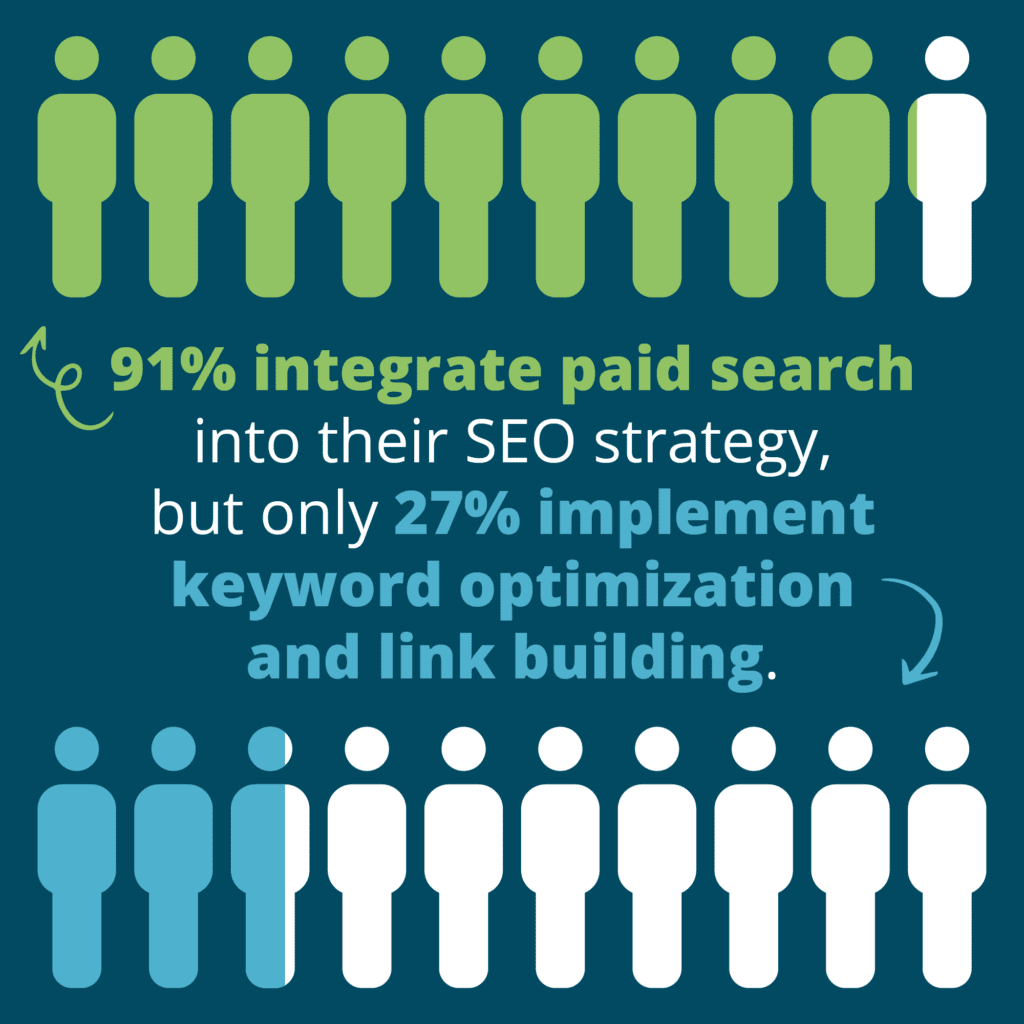
From Keyword Optimization to User Intent
The shift from keyword optimization to user intent marks a fundamental change in SEO. Instead of focusing on exact-match keywords, AI now deciphers the why behind searches.
For example, Google’s RankBrain uses machine learning to interpret ambiguous queries, delivering results that align with user goals rather than literal terms. This approach ensures relevance even when search terms are vague or conversational.
A key driver here is semantic search, which connects related concepts. For instance, a query like “best laptops for students” triggers results addressing affordability, performance, and portability—factors AI identifies as relevant to the intent.
This evolution also ties into behavioral analytics, where metrics like dwell time and click-through rates signal whether content satisfies user needs. AI tools like Surfer SEO analyze these patterns, helping creators refine their strategies.
Conventional wisdom often overlooks the importance of content clusters. By grouping related topics, businesses can guide users through the buyer’s journey, addressing multiple intents within a single framework.
Looking ahead, integrating predictive analytics with intent-driven strategies will allow marketers to anticipate user needs, creating content that resonates before the demand even peaks.
AI as a Game Changer in Digital Marketing
AI’s predictive analytics revolutionizes campaign strategies by forecasting user behavior. For instance, Netflix uses AI to recommend content, boosting engagement through hyper-personalized experiences.
This approach thrives on real-time data processing, enabling marketers to adjust campaigns dynamically. Tools like Google Ads Smart Bidding optimize ad spend by predicting conversion likelihood, ensuring maximum ROI.
A lesser-known factor is sentiment analysis, where AI evaluates public opinion from social media or reviews. Brands like Coca-Cola leverage this to refine messaging, aligning with audience emotions.
Conventional wisdom often underestimates AI-driven programmatic advertising, which automates ad placements for precision targeting. This method reduces human error and enhances cost-efficiency.
To stay competitive, marketers should integrate AI-powered dashboards for actionable insights, enabling proactive decision-making and fostering deeper customer connections.
Core Concepts of Artificial Intelligence in SEO
AI in SEO thrives on machine learning, enabling algorithms to adapt based on user behavior. For example, Google’s RankBrain refines search results by interpreting ambiguous queries with precision.
A key concept is natural language processing (NLP), which deciphers conversational queries. Tools like ChatGPT help craft content that mirrors user intent, enhancing relevance and engagement.
Predictive analytics is another game-changer, forecasting trends to guide proactive strategies. Case in point: Causal.App scaled to 1M monthly visitors by leveraging AI to identify high-impact topics.
Unexpectedly, structured data plays a pivotal role. By organizing content for semantic search, businesses improve visibility. Think of it as creating a roadmap for search engines to follow.
A common misconception is that AI replaces creativity. Instead, it amplifies human ingenuity by automating repetitive tasks, freeing marketers to focus on strategy and storytelling.
To succeed, integrate AI-driven insights with human expertise, creating a synergy that transforms SEO into a dynamic, data-informed discipline.
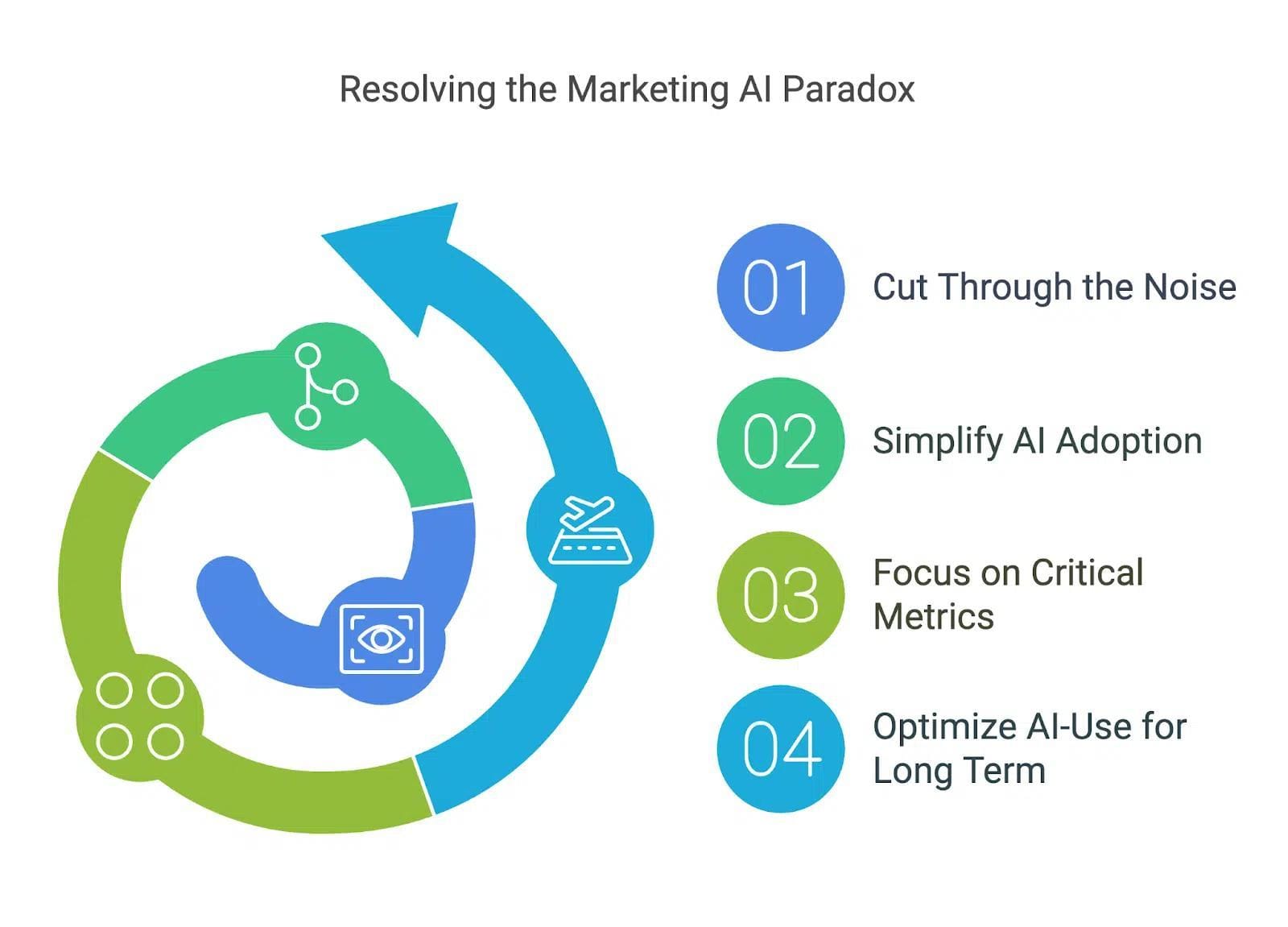
Machine Learning Fundamentals for SEO
Machine learning transforms keyword research by analyzing vast datasets to uncover patterns. Tools like Ahrefs use ML to identify low-competition, high-impact keywords, saving hours of manual effort.
A standout application is user intent prediction. By analyzing search behavior, ML algorithms refine content strategies to match what users truly seek. For example, Google’s BERT excels at understanding nuanced queries.
Anomaly detection is another game-changer. ML tools like SEMRush Sensor flag sudden ranking drops, enabling swift corrective actions. Think of it as having a 24/7 SEO watchdog.
Interestingly, cross-disciplinary insights from fields like behavioral psychology enhance ML’s effectiveness. For instance, understanding cognitive biases helps train algorithms to predict user preferences more accurately.
Conventional wisdom suggests ML is only for large-scale operations, but even small businesses can leverage tools like Surfer SEO for competitive advantages.
To maximize impact, pair ML insights with human creativity, ensuring strategies remain adaptable and user-focused.
Natural Language Processing and Semantic Search
Contextual search revolutionizes SEO by analyzing user history and preferences. For instance, Google’s MUM interprets complex queries, delivering results tailored to nuanced, multi-layered intents.
Named entity recognition (NER) enhances precision by identifying entities like brands or locations. A travel agency using NER can match “family-friendly beach vacations” with curated, relevant options.
Polysemy resolution tackles ambiguous terms. For example, distinguishing “bank” as a financial institution versus a riverbank ensures accurate results, improving user satisfaction and engagement.
Surprisingly, feedback loops refine NLP models. By integrating user feedback, systems like Amazon’s Alexa continuously improve query interpretation, adapting to evolving language trends.
To stay ahead, combine knowledge graphs with NLP for deeper semantic understanding, enabling richer, more personalized search experiences.
AI Algorithms Influencing Search Rankings
User behavior modeling drives ranking precision. For example, RankBrain analyzes click-through rates and dwell time, prioritizing content that keeps users engaged longer.
E-A-T (Expertise, Authority, Trustworthiness) metrics, powered by AI, evaluate content quality. Google’s Core Updates reward well-researched, authoritative pages, penalizing manipulative practices.
Real-time adaptability is a game-changer. AI algorithms like BERT adjust rankings dynamically, interpreting evolving search intent, such as during breaking news events.
Lesser-known factors like content freshness influence rankings. AI prioritizes updated, relevant information, especially in fast-changing industries like tech or health.
To excel, integrate predictive analytics into SEO strategies, anticipating trends and aligning content with future user needs.
AI-Driven Precision in SEO Strategies
AI transforms SEO by decoding user intent with unmatched accuracy. For instance, predictive analytics identifies emerging trends, enabling content creators to preemptively address user needs.
A case study by Market Vantage revealed a 40% boost in organic visibility within six months by leveraging AI for content optimization and keyword research. This underscores AI’s ability to refine strategies dynamically.
Unexpectedly, voice search optimization has emerged as a critical factor. AI tools like AnswerThePublic help tailor content to conversational queries, aligning with how users naturally speak.
A common misconception is that AI replaces human creativity. Instead, it augments decision-making, offering data-driven insights while leaving room for human ingenuity in crafting engaging narratives.
Think of AI as a compass for SEO—it points the way, but the journey still requires human expertise to navigate effectively.
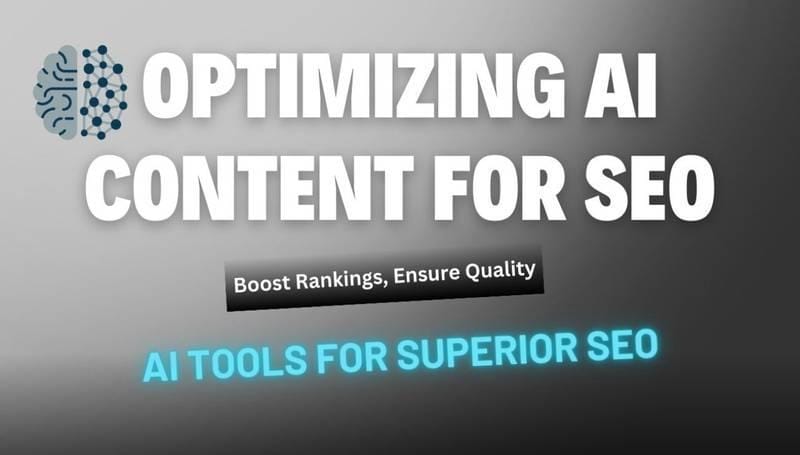
Leveraging Predictive Analytics for Keyword Research
Predictive analytics revolutionizes keyword research by forecasting future trends. Unlike traditional methods relying on historical data, it uses machine learning models to predict emerging search patterns.
For example, tools like Google Trends combined with AI algorithms can identify seasonal spikes or industry-specific shifts, allowing marketers to target high-potential keywords before competitors.
A real-world application: A fashion retailer used predictive analytics to anticipate a surge in searches for “sustainable clothing,” creating content early and capturing 30% more traffic during the trend’s peak.
This approach also integrates semantic relationships, connecting related terms to improve contextual relevance. For instance, targeting “eco-friendly fabrics” alongside “sustainable clothing” enhances visibility across broader search queries.
Conventional wisdom often overlooks long-tail keywords. Predictive analytics highlights their growing importance, as they align with voice search and conversational queries, driving more qualified traffic.
Actionable insight: Combine predictive tools with competitor analysis to uncover gaps in their strategies, ensuring your content stays ahead of the curve. This proactive approach secures long-term SEO gains.
Optimizing Content with AI Insights
AI excels at analyzing user behavior, revealing patterns like scroll depth and time-on-page. These insights help refine content structure, ensuring better engagement and higher conversion rates.
For instance, heatmap tools powered by AI, such as Hotjar, identify underperforming sections of a webpage. A SaaS company used this data to reposition CTAs, boosting click-through rates by 25%.
AI also enhances content readability by suggesting improvements in tone, sentence structure, and keyword placement. Tools like Grammarly and Surfer SEO ensure content aligns with both user intent and SEO goals.
A lesser-known factor: Cultural nuances. AI tools can adapt content for regional preferences, improving relevance in global markets. For example, tailoring product descriptions for local idioms increases user trust.
Actionable framework: Combine AI-driven audits with A/B testing to validate changes, ensuring continuous improvement. This iterative process keeps content aligned with evolving user expectations and search algorithms.
Enhancing User Experience through Personalization
AI-driven dynamic content delivery tailors experiences in real-time. For example, Netflix’s recommendation engine uses viewing history to personalize suggestions, increasing user retention by 75%.
Personalization extends to e-commerce. AI tools like Dynamic Yield analyze browsing behavior to display relevant products, boosting conversion rates by 20%. This approach aligns with micro-segmentation, targeting niche user groups effectively.
A lesser-known factor: Emotional triggers. AI can assess sentiment through natural language processing (NLP), enabling brands to craft emotionally resonant content, fostering deeper connections.
Actionable insight: Integrate AI-powered personalization engines with behavioral analytics to refine user journeys, ensuring seamless navigation and higher satisfaction. This strategy future-proofs UX against evolving user expectations.
Implementing AI in SEO Workflows
AI transforms SEO workflows by automating time-intensive tasks like keyword research and competitor analysis. For instance, SEMrush’s AI tools identify high-value keywords, reducing research time by 30%.
Unexpectedly, AI bridges content creation and optimization. Tools like Surfer SEO analyze top-ranking pages, suggesting precise content adjustments to improve rankings. This synergy ensures data-driven creativity.
A common misconception is that AI replaces human input. Instead, it augments creativity, enabling marketers to focus on strategy while AI handles repetitive tasks, like backlink monitoring or technical audits.
Analogy: Think of AI as a co-pilot, navigating complex SEO terrains while marketers steer the strategy. This partnership ensures efficiency without sacrificing innovation.
Actionable tip: Integrate AI-powered platforms into workflows incrementally, starting with predictive analytics for trend forecasting, ensuring seamless adoption and measurable results.
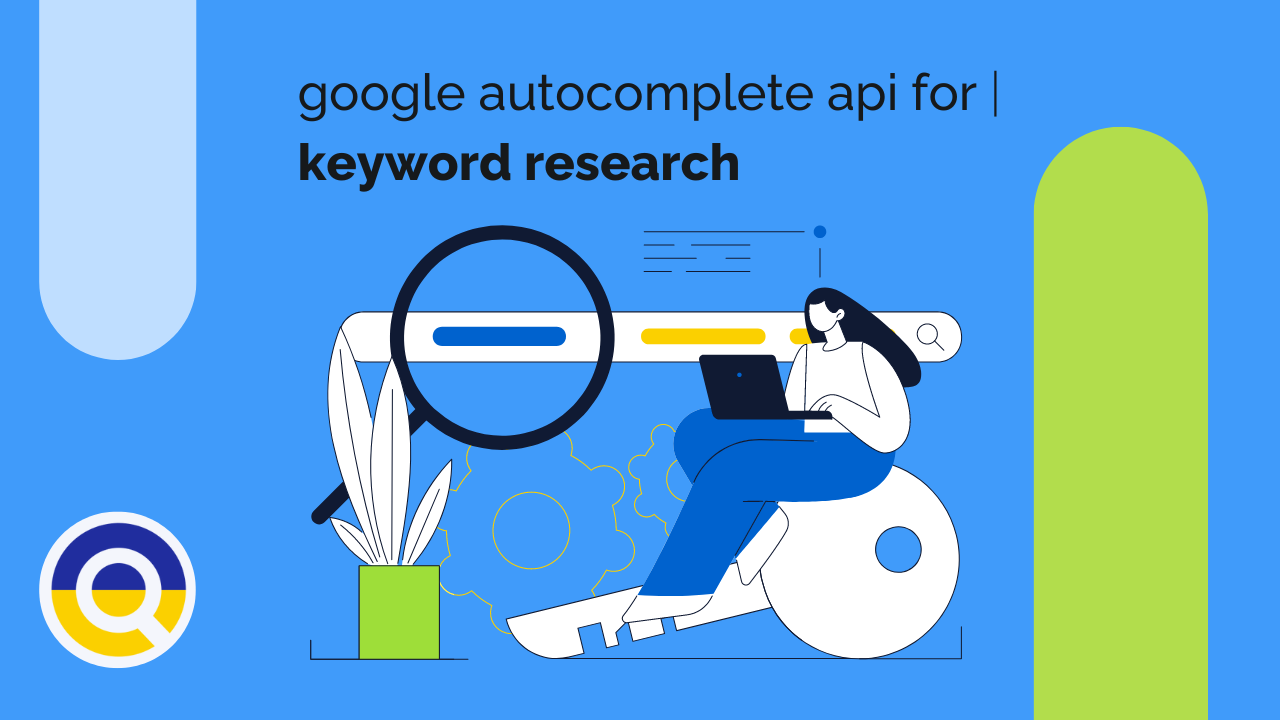
Selecting and Utilizing AI Tools for SEO
Choosing the right AI tools hinges on customization. Tools like MarketMuse adapt to unique SEO goals, offering tailored content suggestions that boost relevance and engagement by 20%.
A lesser-known factor: Integration ease. Tools like Clearscope seamlessly align with existing workflows, minimizing disruptions and reducing the learning curve, which is critical for small teams or startups.
Conventional wisdom suggests prioritizing feature-rich tools, but usability often outweighs complexity. For example, Surfer SEO excels with intuitive interfaces, enabling faster adoption without sacrificing depth.
Actionable framework: Evaluate tools based on customization, integration compatibility, and support resources. This ensures long-term value and adaptability as SEO strategies evolve.
Data Analysis Techniques for AI-Powered SEO
Anomaly detection is a game-changer. Tools like Millimetric.ai identify traffic drops or ranking shifts, enabling swift corrective actions that prevent long-term losses.
Lesser-known insight: Behavioral segmentation. AI clusters users by intent, refining personalization strategies and boosting engagement metrics.
Conventional wisdom favors broad data analysis, but micro-pattern analysis often reveals hidden opportunities. For instance, analyzing session heatmaps uncovers underperforming content sections.
Actionable framework: Combine anomaly detection, behavioral segmentation, and micro-pattern analysis to create a proactive, data-driven SEO strategy that adapts to real-time changes.
Integrating AI with Existing SEO Strategies
Predictive analytics transforms SEO by forecasting trends. Tools like Google Trends and Ahrefs enable proactive content planning, aligning strategies with future user intent.
Lesser-known factor: AI-driven content audits. These identify gaps in existing strategies, ensuring alignment with evolving search algorithms.
Conventional wisdom suggests gradual AI adoption, but real-time integration often yields faster ROI. For example, Clearscope optimizes content dynamically, improving rankings immediately.
Actionable framework: Start with predictive analytics, implement AI-driven audits, and embrace real-time tools to seamlessly integrate AI into workflows, ensuring adaptability to algorithmic changes.
Case Studies of AI-Powered SEO Success
Causal.App skyrocketed from 0 to 1M monthly visitors in under a year by generating 5,000 AI-driven pages, leveraging GPT-3 for glossaries and comparison frameworks.
Unexpected insight: Scarosso, a luxury footwear brand, achieved a sales surge by combining semantic AI tools like WordLift with targeted keyword strategies, enhancing both visibility and conversions.
Misconception debunked: AI content isn’t low-quality. Monday.com proved this by scaling content production with “minimum viable content,” refining only high-performing articles for maximum ROI.
Actionable takeaway: Blend scalable AI content generation with human oversight to balance efficiency and quality, ensuring sustainable growth in competitive markets.
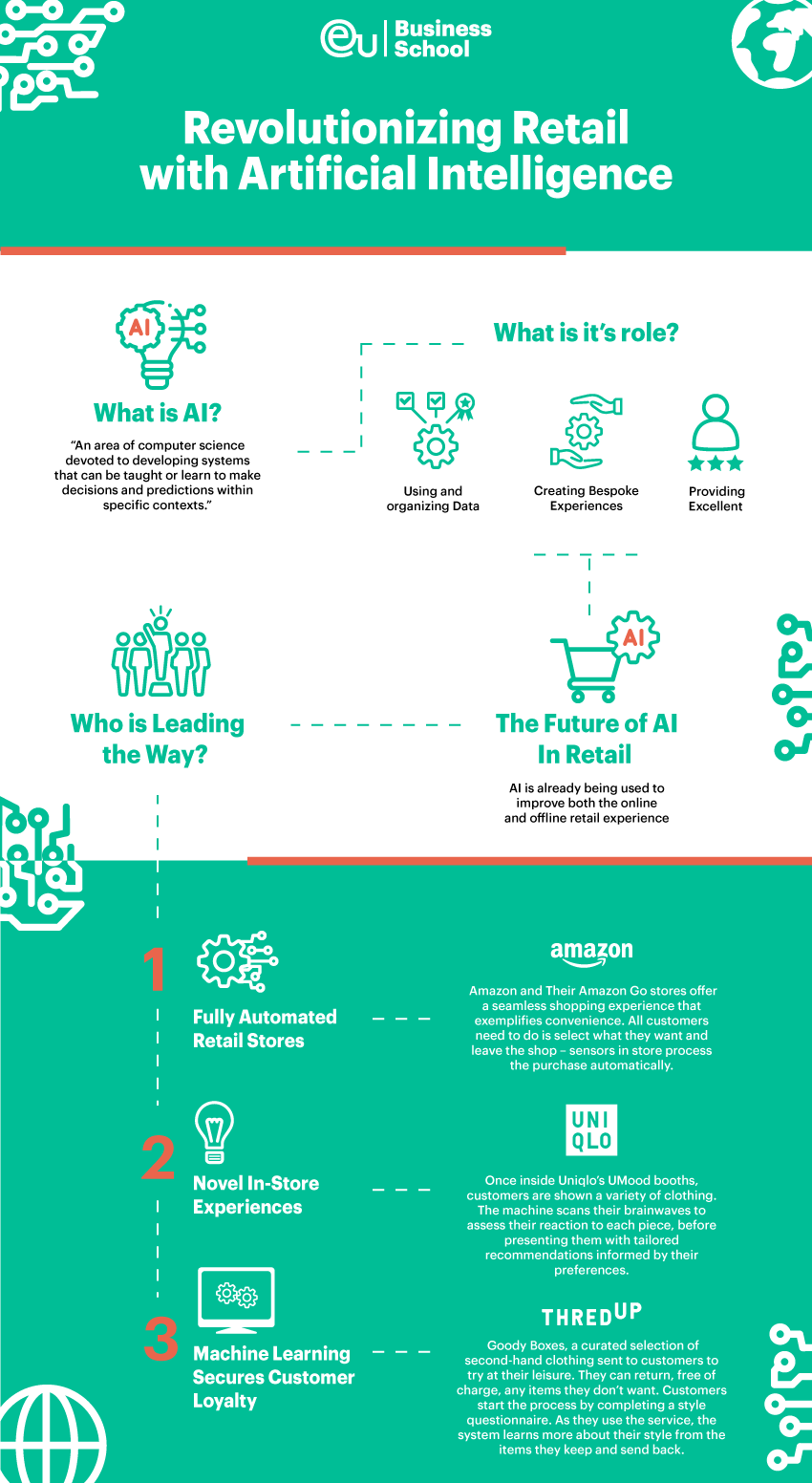
Case Study: Boosting Organic Traffic with AI
SiO Digital increased organic traffic by 180% in 3 months using AI-driven keyword strategies and predictive analytics, targeting buyer personas with tailored content distribution.
Key factor: Emotion mapping within buyer journeys revealed untapped engagement opportunities, aligning content with user intent and reducing bounce rates.
Lesser-known insight: On-page optimization combined with contextual link-building amplified SERP rankings for over 100 competitive keywords, proving AI’s role in refining traditional SEO tactics.
Actionable framework: Pair AI-powered predictive tools with emotion-driven content strategies to create hyper-relevant user experiences, driving both traffic and conversions.
Case Study: Improving Conversion Rates Using AI
Starbucks achieved a 20% conversion boost by leveraging AI-driven personalization, tailoring offers based on real-time user behavior and historical purchase data.
Key approach: Dynamic content delivery adjusted promotions per user preferences, increasing relevance and engagement.
Lesser-known factor: AI-powered A/B testing optimized multiple variables simultaneously, uncovering high-performing combinations faster than traditional methods.
Actionable insight: Use AI personalization engines to refine user journeys, combining behavioral analytics with real-time adjustments for sustained conversion growth.
Lessons Learned from AI Integration
Key insight: AI excels in predictive analytics, but success hinges on human oversight to interpret nuanced data and align strategies with brand goals.
Real-world example: Millimetric.ai prioritized SEO actions by analyzing anomalies, enabling businesses to focus on impactful optimizations.
Lesser-known factor: Over-reliance on AI without contextual human input risks misaligned strategies, especially in culturally sensitive markets.
Actionable framework: Combine AI-driven insights with human expertise to refine strategies, ensuring adaptability and relevance in dynamic SEO landscapes.
Challenges and Ethical Considerations
AI in SEO faces bias risks from flawed training data, leading to skewed results. For example, Amazon’s AI hiring tool favored male candidates due to biased datasets.
Unexpected connection: Transparency issues mirror “black box” AI dilemmas in healthcare, where opaque algorithms hinder trust and accountability.
Misconception: AI replaces human judgment. In reality, human oversight ensures ethical alignment, especially in culturally sensitive contexts.
Actionable insight: Regularly audit AI outputs for fairness, and diversify training datasets to mitigate bias while fostering trust.
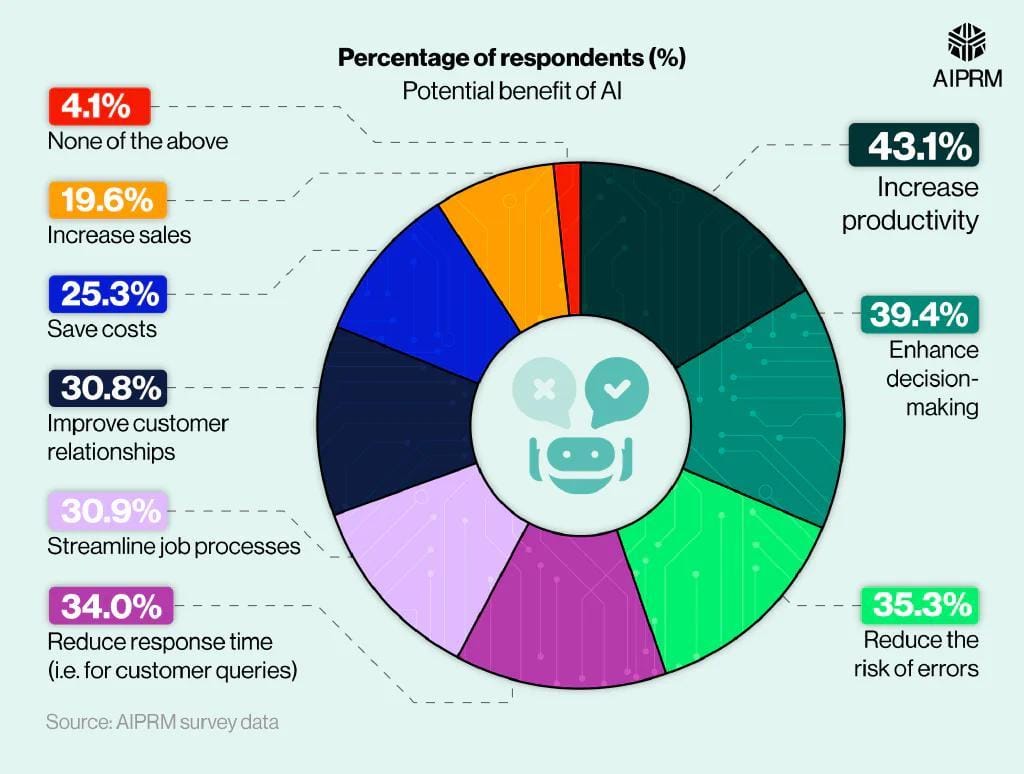
Data Privacy and Security in AI SEO
AI-driven SEO tools often collect sensitive user data like search history and location. Without robust encryption, this data becomes vulnerable to breaches, risking user trust and legal penalties.
Real-world example: In 2023, a major e-commerce platform faced backlash after a data leak exposed customer preferences, highlighting the need for end-to-end encryption and regular security audits.
Lesser-known factor: Synthetic data generation can replace real user data in training AI models, reducing privacy risks while maintaining algorithm accuracy.
Actionable framework:
- Implement GDPR-compliant practices for data collection and storage.
- Use anomaly detection tools to monitor unauthorized access.
- Educate teams on privacy-first design principles to align with ethical standards.
By prioritizing data security, businesses not only protect users but also build long-term trust, ensuring sustainable SEO practices.
Addressing Algorithmic Bias and Fairness
AI bias often stems from imbalanced training datasets, favoring dominant languages or demographics. This skews search results, marginalizing minority content and reducing inclusivity in online spaces.
Real-world application: A 2024 study revealed that AI-driven SEO tools underrepresented non-English content by 30%, impacting global visibility for diverse businesses and cultures.
Lesser-known factor: Counterfactual fairness testing—evaluating if outcomes change when sensitive attributes (e.g., gender, ethnicity) are altered—can identify hidden biases in algorithms.
Actionable framework:
- Use diverse datasets reflecting global perspectives during AI training.
- Regularly conduct bias audits to ensure equitable search rankings.
- Involve multidisciplinary teams to review algorithmic decisions for inclusivity.
By embedding fairness into AI workflows, businesses can foster equitable digital ecosystems, ensuring SEO benefits are accessible to all.
Balancing Automation with Human Expertise
Over-reliance on automation risks contextual misinterpretation, especially in culturally nuanced content. Human expertise ensures relevance, creativity, and ethical alignment, complementing AI’s efficiency.
Real-world application: A 2023 campaign automated ad placements but failed to account for cultural sensitivities, leading to public backlash. Human oversight later corrected the strategy, restoring brand trust.
Lesser-known factor: Hybrid workflows, where humans validate AI outputs, improve accuracy and maintain ethical standards while leveraging automation’s speed.
Actionable framework:
- Assign human reviewers for AI-generated content in sensitive industries.
- Use feedback loops to refine AI models based on human insights.
- Prioritize collaborative tools that integrate human-AI decision-making.
This synergy ensures scalable yet thoughtful SEO strategies, balancing innovation with authenticity.
Emerging Trends and the Future of AI in SEO
AI is reshaping SEO with hyper-personalization, voice search optimization, and predictive analytics, enabling marketers to anticipate user needs and deliver tailored experiences.
Example: A 2024 e-commerce study showed AI-driven personalization increased conversion rates by 35%, highlighting its transformative potential.
Unexpected connection: AI’s role in visual search is growing, with platforms like Pinterest leveraging image recognition to refine search results, bridging SEO with e-commerce innovation.
Misconception: Many believe AI replaces creativity, but tools like ChatGPT enhance human ingenuity by automating repetitive tasks, freeing time for strategic ideation.
Expert perspective: Neil Patel emphasizes that AI integration demands adaptive strategies, blending automation with human insight to stay competitive.
Analogy: Think of AI as a GPS for SEO—guiding strategies with precision but still requiring a skilled driver to navigate complex terrains.
Forward-looking insight: As AI evolves, multimodal search—combining text, voice, and visuals—will redefine SEO, urging marketers to adopt holistic optimization approaches.
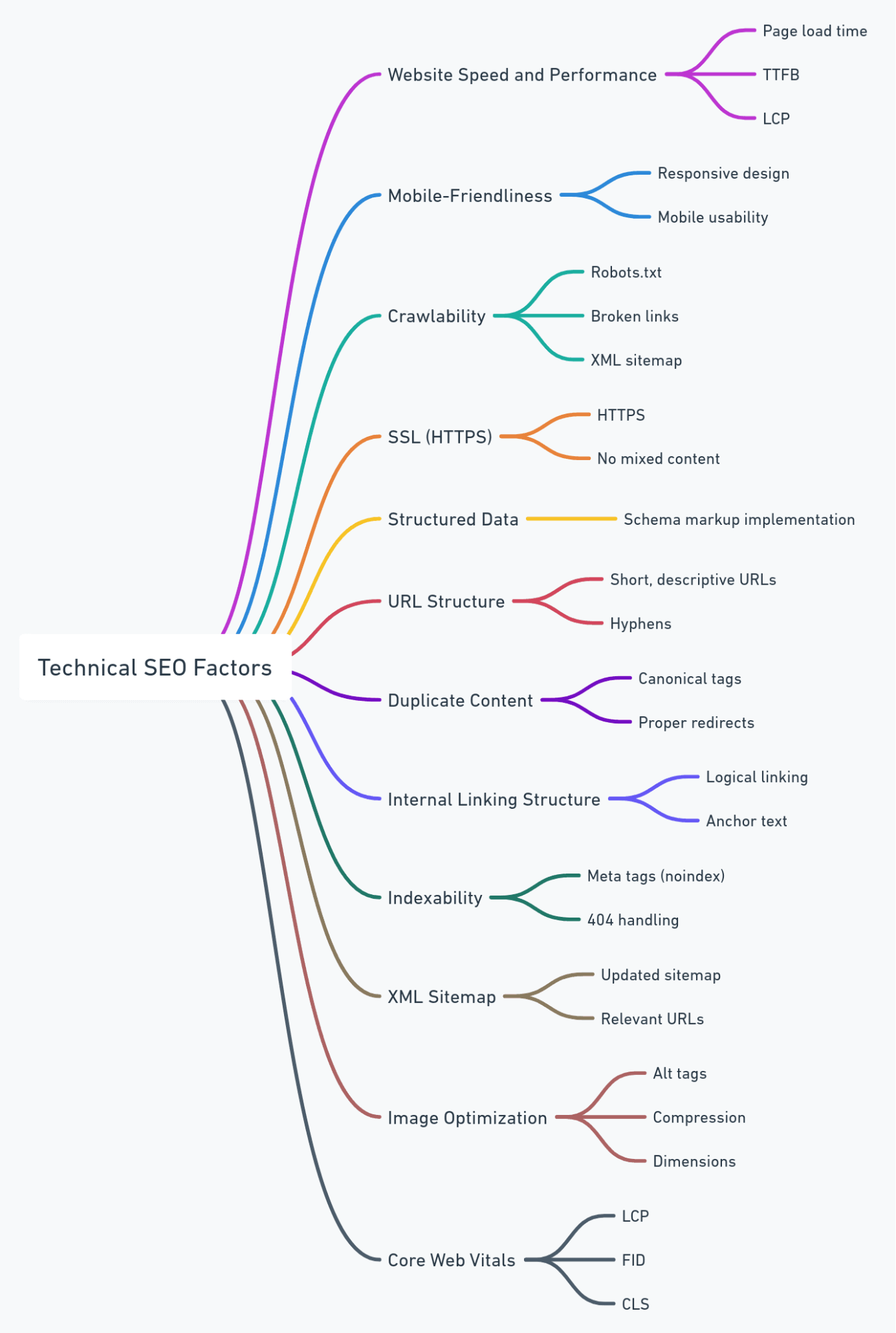
The Rise of Voice and Visual Search
Voice and visual search are transforming SEO by prioritizing natural language processing (NLP) and image recognition, enabling more intuitive, user-friendly search experiences.
Why it works: Voice search thrives on long-tail keywords and conversational phrasing, aligning with how people naturally speak. Visual search leverages AI-driven metadata to interpret and rank images effectively.
Real-world application: Google Lens, used for shopping and translations, demonstrates how optimized images with alt text, captions, and schema markup can dominate visual search results.
Lesser-known factor: Mobile-friendliness is critical—90% of Google Lens results come from mobile-optimized sites, emphasizing the need for responsive design.
Challenging convention: While many assume voice and visual search are niche, studies predict 50% of searches will be voice-based by 2025, making them mainstream.
Actionable framework:
- For voice search: Use FAQ-style content with conversational tones and long-tail keywords.
- For visual search: Optimize images with descriptive metadata and ensure mobile compatibility.
Forward-looking insight: As multimodal search (combining voice, text, and visuals) gains traction, businesses must adopt integrated SEO strategies to stay ahead.
AI and Mobile SEO Optimization
AI revolutionizes mobile SEO by enhancing page load speed and adaptive content delivery, ensuring seamless user experiences across devices.
Why it works: AI tools analyze Core Web Vitals—like Largest Contentful Paint (LCP)—to optimize mobile performance, directly impacting search rankings.
Real-world application: Pinterest reduced mobile load times by 40% using AI-driven compression, boosting engagement and search visibility.
Lesser-known factor: Voice search integration is pivotal for mobile SEO, as 70% of voice queries occur on mobile devices, demanding conversational content optimization.
Challenging convention: While many focus on desktop-first strategies, mobile-first indexing now dominates, making mobile optimization non-negotiable.
Actionable framework:
- Use AI tools to monitor and improve Core Web Vitals.
- Implement progressive web apps (PWAs) for faster, app-like mobile experiences.
- Optimize for voice search with natural language content.
Forward-looking insight: As 5G adoption accelerates, AI-powered mobile SEO will prioritize real-time personalization and dynamic content delivery, reshaping user engagement strategies.
Preparing for Future AI Developments in SEO
AI-driven multimodal search is reshaping SEO, requiring optimization across text, voice, and visual formats.
Why it works: Multimodal search combines contextual understanding with cross-platform adaptability, enhancing user satisfaction and search accuracy.
Real-world application: Amazon leverages multimodal AI to integrate voice commands with visual product recommendations, boosting conversions.
Lesser-known factor: Cross-language AI models are emerging, enabling seamless multilingual SEO strategies for global audiences.
Challenging convention: Traditional single-format optimization is insufficient; future-proofing demands holistic content strategies.
Actionable framework:
- Optimize for multimodal search by integrating structured data for text, voice, and visuals.
- Leverage AI translation tools for multilingual content.
- Monitor emerging AI trends to adapt strategies proactively.
Forward-looking insight: As AI ecosystems evolve, businesses must embrace adaptive SEO frameworks to remain competitive in a dynamic, multimodal search landscape.
FAQ
What is AI-driven precision in search engine optimization and how does it work?
AI-driven precision in search engine optimization refers to the use of advanced artificial intelligence technologies, such as machine learning and natural language processing, to enhance the accuracy and effectiveness of SEO strategies. By analyzing vast amounts of data, AI identifies patterns, predicts trends, and deciphers user intent with unparalleled precision. This allows for the creation of highly targeted content, optimized keyword strategies, and improved user experiences. AI-driven tools also automate repetitive tasks like keyword research and SERP analysis, enabling SEO professionals to focus on strategic decision-making. Ultimately, this approach ensures that content aligns seamlessly with evolving search algorithms and user expectations, driving better visibility and engagement.
How can businesses integrate AI tools into their existing SEO strategies effectively?
Businesses can integrate AI tools into their existing SEO strategies effectively by following a structured approach. First, they should assess their current SEO workflows to identify areas where AI can add value, such as keyword research, content optimization, or performance tracking. Selecting AI tools that align with specific business goals is crucial; tools offering customization and seamless integration with existing systems are ideal. Training teams to use these tools and interpret their insights ensures maximum utility and minimizes the learning curve. Additionally, businesses should adopt a phased implementation strategy, starting with smaller tasks to build confidence before scaling up. Regularly monitoring AI-driven outcomes and refining strategies based on data insights will help maintain alignment with evolving SEO objectives.
What are the key benefits of using AI for predictive analytics in SEO?
The key benefits of using AI for predictive analytics in SEO include the ability to forecast future search trends and user behaviors with high accuracy. AI-driven predictive analytics enables businesses to identify emerging keywords and topics before they become mainstream, allowing for proactive content creation and optimization. It also helps in anticipating seasonal changes and market shifts, ensuring that SEO strategies remain relevant and competitive. By simulating various scenarios, AI reduces the reliance on trial-and-error methods, saving time and resources. Additionally, predictive analytics enhances decision-making by providing actionable insights, such as identifying high-conversion keywords and optimizing for upcoming algorithm updates. This approach ultimately leads to improved search rankings, higher ROI, and a more tailored user experience.
How does AI enhance content optimization for better search engine rankings?
AI enhances content optimization for better search engine rankings by leveraging advanced technologies like natural language processing (NLP) and machine learning to analyze and improve content relevance, structure, and quality. It evaluates user intent behind search queries, ensuring that content aligns with what users are seeking. AI tools can identify gaps in existing content, suggest improvements, and recommend semantically related keywords to boost topic coverage. Additionally, AI-driven insights help refine readability, tone, and formatting, making content more engaging and user-friendly. By continuously analyzing performance metrics, AI enables real-time adjustments to maintain alignment with evolving search engine algorithms, ultimately improving visibility and ranking potential.
What are the ethical considerations when implementing AI in SEO practices?
The ethical considerations when implementing AI in SEO practices include ensuring transparency, fairness, and data privacy. Transparency involves disclosing the use of AI in content creation and optimization to build trust with users and stakeholders. Fairness requires addressing potential biases in AI algorithms by using diverse and representative datasets and conducting regular audits to prevent discriminatory outcomes. Data privacy is critical, as AI tools often rely on extensive user data; businesses must adhere to regulations like GDPR and CCPA, obtain explicit user consent, and implement robust security measures to protect sensitive information. Additionally, avoiding manipulative tactics, such as black hat SEO or misleading content, is essential to maintain ethical standards and uphold the integrity of search engine ecosystems.
Conclusion
AI-driven precision is reshaping SEO, offering businesses unparalleled opportunities to refine strategies and achieve impactful results. For instance, Starbucks’ AI-powered personalization boosted conversion rates by tailoring promotions to user preferences, showcasing how AI bridges data insights with actionable outcomes. However, a common misconception is that AI replaces human creativity—on the contrary, it enhances it. Think of AI as a skilled sous-chef, handling repetitive tasks while allowing the head chef (human expertise) to focus on crafting a masterpiece. By blending AI’s analytical power with human ingenuity, businesses can navigate the evolving SEO landscape ethically and effectively, ensuring both relevance and resonance in their digital strategies.

The Transformative Impact of AI on SEO
AI’s ability to predict user intent through behavioral analytics is revolutionizing SEO. For example, Google’s RankBrain interprets ambiguous queries, ensuring relevant results even when exact keywords are absent. This shift highlights the importance of semantic search optimization, where content must address broader contexts rather than isolated terms. Additionally, AI-driven tools like predictive analytics enable businesses to anticipate trends, crafting content that aligns with future demands. A lesser-known factor is AI’s role in real-time anomaly detection, which flags sudden ranking drops, allowing immediate corrective actions. By integrating these capabilities, marketers can create adaptive strategies that not only enhance visibility but also future-proof their SEO efforts.
Strategies for Staying Ahead in AI-Driven SEO
Focus on adaptive content frameworks that evolve with AI algorithms. For instance, leveraging dynamic schema markup ensures content remains relevant as search engines prioritize structured data. Tools like Google’s Data Highlighter simplify implementation, boosting visibility in AI-driven results. Additionally, real-time content updates using AI insights can address shifting user intent, outperforming static strategies. A lesser-known tactic is entity-based optimization, which connects content to knowledge graphs, enhancing semantic relevance. By embracing these approaches, businesses can maintain agility and consistently outperform competitors in the ever-changing SEO landscape.
